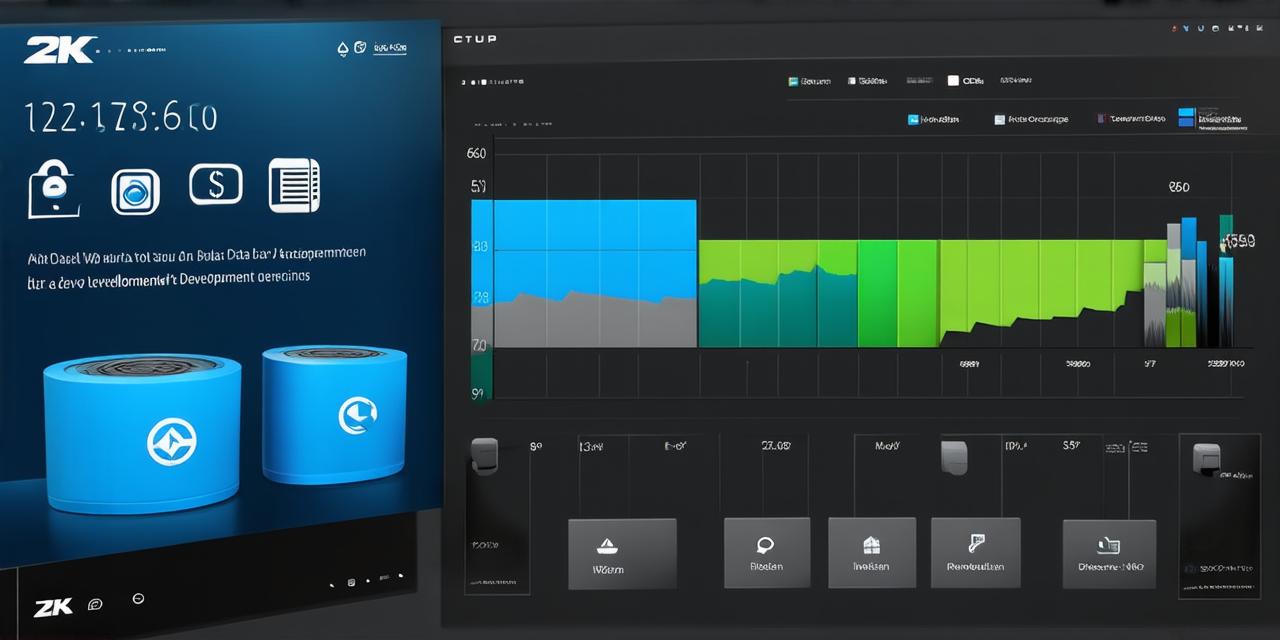When developing a mobile application, it’s important to consider where the data will be stored. There are several options available, each with its own pros and cons. In this article, we’ll explore the most common storage options for mobile apps and their advantages and disadvantages.
Local Storage
Local storage is a type of storage that is available on the device itself. This can be either in the form of internal storage or external storage (such as an SD card). Local storage allows you to store data directly on the device, making it easily accessible and fast to retrieve. It’s also generally more secure than cloud-based storage options, as the data is stored locally and not accessible through a network connection.

However, local storage has its limitations. For example, if the device is lost or stolen, the data stored locally will be lost as well. Additionally, local storage can quickly fill up, especially for apps that require large amounts of data to be stored.
Cloud Storage
Cloud storage is a type of storage that is hosted on a remote server and accessed through an internet connection. This allows you to store data on a server that is managed by a third-party provider, which can provide greater scalability and reliability than local storage. With cloud storage, the data is also accessible from any device with an internet connection, making it easy to access the data from anywhere.
However, cloud storage can be less secure than local storage, as the data is stored on a remote server and accessed through an internet connection. Additionally, using a third-party provider for cloud storage can be more expensive than using local storage, especially for apps that require large amounts of data to be stored.
Hybrid Storage
Hybrid storage combines both local and cloud storage options to provide the best of both worlds. With hybrid storage, you can store some of the app’s data locally on the device, while storing other data on a remote server. This allows you to take advantage of the benefits of both storage options, such as fast access to frequently used data stored locally and easy access to less frequently used data stored in the cloud.
However, hybrid storage can be more complex to implement than using either local or cloud storage alone, and requires careful consideration of how the data will be accessed and managed across both storage options.
Summary
When developing a mobile application, it’s important to consider where the data will be stored. Local storage is easy to implement and provides fast access to frequently used data, but has limitations in terms of security and scalability. Cloud storage provides greater scalability and reliability, but can be less secure and more expensive than local storage. Hybrid storage combines both options to provide the best of both worlds, but requires careful consideration of how the data will be accessed and managed across both storage options. Ultimately, the choice of storage option will depend on the specific needs of your app and its users.



